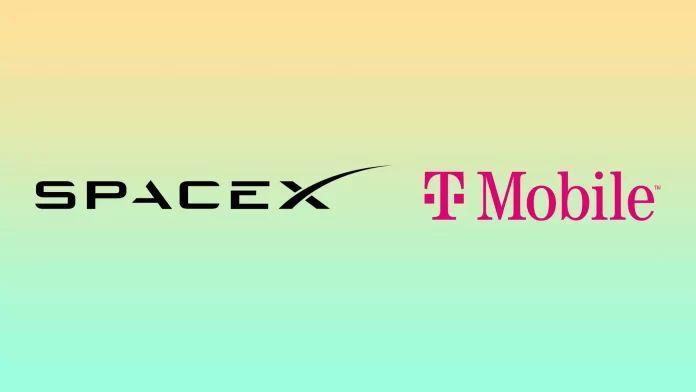Modern mobile networks have one big disadvantage. They have a very limited range. This means that there are still many places on Earth where you will not be able to connect to a mobile network.
T-Mobile, with the help of SpaceX, is taking the first steps to solve this problem.T-Mobile will have access to some of the features of the Starlink constellation of satellites. This will give the company the ability to distribute its network without cell towers. Of course, there is still a long way to go before this feature is fully operational, but the company is taking the first steps in this direction.
How T-Mobile can use SpaceX to bring mobile connectivity around the world
The essence of the cooperation between the mobile network operator T-Mobile and SpaceX is that the two companies want to distribute their mobile network around the world and get rid of dead zones without connectivity to the network. After the launch of their collaboration, the second-generation Starlink satellites will be able to broadcast the signal directly to your Smartphone.
This will enable users to use satellite communications directly on their smartphones. In addition, the company plans to broadcast the signal on the mid-band PCS spectrum, which T-Mobile will allocate for integration into Starlink satellites. Since most of today’s smartphones already support this type of signal, you won’t even have to buy yourself a new device to connect to these networks.
T-Mobile plans to launch a beta version of this service next year for some messengers and MMS. If the trials are successful, they will eventually spread to cell phones and the Internet. At first, it will be included in the most popular tariff plans absolutely free of charge.
Initially, the service will only be available in the US, however, T-Mobile states that they are planning to work with foreign operators to connect them to this feature in the future. “If they want to do something similar to what we do with the mid-band spectrum allocated to the SpaceX Starlink constellation, we can offer them mutual roaming,” Sievert said.
It’s worth noting that this feature won’t work as quickly and seamlessly as Starlink terminals, but it could bring big changes to the mobile market in the future. Starlink CEO Elon Musk said the service could provide “basic coverage for areas that are completely dead.“
“We’re confident it will work if it’s in your pocket or in your car,” he added. “Of course, if you’re walking around outside, it will work fine. Creating the service is really quite a technical challenge,” Musk said.
It will require building antennas that can pick up weak smartphone signals and adding them to the Starlink Gen 2 satellite constellation. “We have this working in the lab, and we’re confident it will work in the field,” Musk said. “There’s quite a bit of additional hardware and a lot of software on the satellites.“
For now, users just have to wait for beta testing of the new features to start for regular users. However, we can already say that such a feature could be the next step in mobile wireless coverage.






